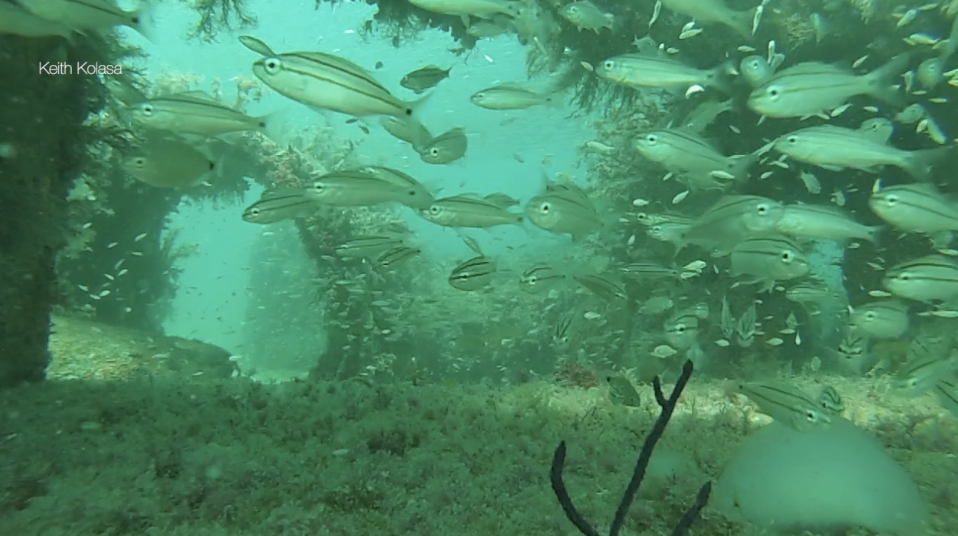SAINT PETERSBURG, Fla. — On April 20th, 2010, a BP oil rig called Deepwater Horizon exploded 50 miles off the coast of Louisiana. Eleven people were killed and the explosion triggered the biggest marine oil spill in global history.
“All hell broke loose. There was a lot of unknown because there had never been a deepwater blowout like that, a mile deep,” said Steven Murawski, a Marine Science professor with the University of South Florida.
Oil gushed from the leak for 87 days before it was finally capped. A total of five million barrels of oil spilled into the gulf. Polluting the water, killing marine life, and causing America’s largest environmental disaster. A disaster that still lingers in the gulf more than 10 years later.
“Currently there’s a substantial amount of that oil still in the environment,” said Murawski.

BP Oil was forced to pay $18.7 billion in fines. The largest corporate settlement in U.S. history. Most of that money going into something called the RESTORE Act, to help the gulf recover.
“There was a lot of money that was made available to the academic community to study the long-term impacts,” said Murawski.
For 10 years, Murawski has headed the $40 million research program. Including using a ship called the R.V. Weather Bird II, which is basically a floating laboratory that USF scientists took out into the Gulf to do their research. Scientists and students have been testing the sediment on the bottom of the Gulf and keeping a library of the tested sediment for future reference.
“The oil that’s stranded in the deep bottom of the gulf will not be landfilled by sediment deposition for another 100 years,” said Murawski.
Murawski said that oil on the bottom of the gulf still impacts marine life, especially in fish and dolphins near the spill site.
“Even now we see very low reproduction rates for those animals,” Murawski said.
He said of all the fish they’ve studied in the gulf; they still have yet to find one without traces of oil on it.
“We analyzed over 2000 fishes for their contamination with the most toxic components of oil called PAH's, and every single one that we analyzed had a certain level of PAH's," said Murawski.
But despite all the tragedy, not all hope is lost. Things are being done to help. Money from the RESTORE Act is now making its way to coastal communities to help restore the Gulf.
“This project is really exactly what the RESTORE money was intended for,” said Keith Kolasa with the Hernando County Waterways Division.
Twenty miles off the coast of Hernando County, Kolasa and his team are using RESTORE Act grants to fund an artificial reef program to create habitat for marine life.

“What we see in the artificial reef structures is that the fish populate it in just a couple weeks and there’s up to 30-35 different fish species here on the artificial reefs. Things like gag grouper, red grouper, Spanish mackerel, flounder, a whole gamut of what people come fishing for,” said Kolasa.
And while their program is creating an area for fish to thrive, an aquarium is using the money to help animals survive.
“The Deepwater Horizon oil spill impacted a lot of marine life,” said Abby Stone who heads the Stranded Program at Clearwater Marine Aquarium.
Money from the RESTORE Act is being used to help animals who are stranded on the beach. Like the rescue efforts when five pilot whales were stranded on Redington Beach in 2019.
“Given the importance of the ocean to us in Florida and people in the United States, we need to make more investments in understanding how the ecosystems work,” said Murawski.
Scientists said the silver lining of it all is now they know more about oil spills than ever before. But what they know even more is that continuing to protect our precious gulf is a necessity.
“The interesting thing about oil spills, in general, is give it enough time and the ecosystem will recover. It's just that we now know the recovery times range from months to decades to maybe even centuries,” said Murawski.











